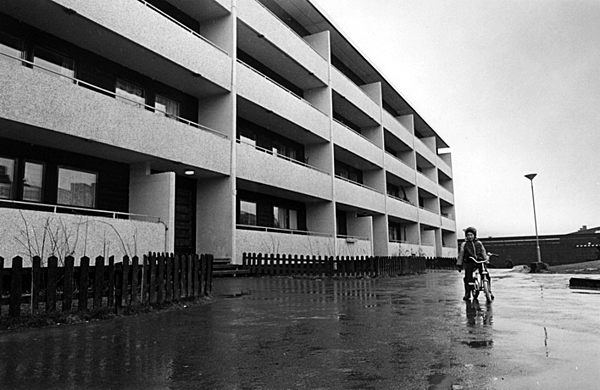Guttorm Ruud The Crisis of Welfare State Spaces
Large areas of the urban environment in the Nordic countries were planned and built as part of the post-war welfare state development, constituting welfare state spaces. While the buildings and infrastructure of the period are still here, ideology and culture changes rapidly, constantly reframing architecture and the built environment. Urban environments that were attributed with social, cultural and political values at one moment in time are devaluated the next, and the typical current urban development is based on ideologies and views that are often in direct conflict with the ones that governed the development of the welfare state. At the moment of change between systems these conflicts become obvious, which is why I approach the problem of preservation or adaptation of welfare state spaces through the concept of crisis. I identify the material changes and changes in the discourses around the crisis of the welfare state, planning and architecture that arose in the 1970s, and compare this with changes at the time of the current financial crisis, which started in 2007-2008. My aim is to criticise the current urban developments, including preservation and adaptation, through an analysis of theories, ideologies and physical environments that stem from the past.
Institute of Form, Theory and History / Thordis Arrhenius (Supervisor)
PhD started in 2014

